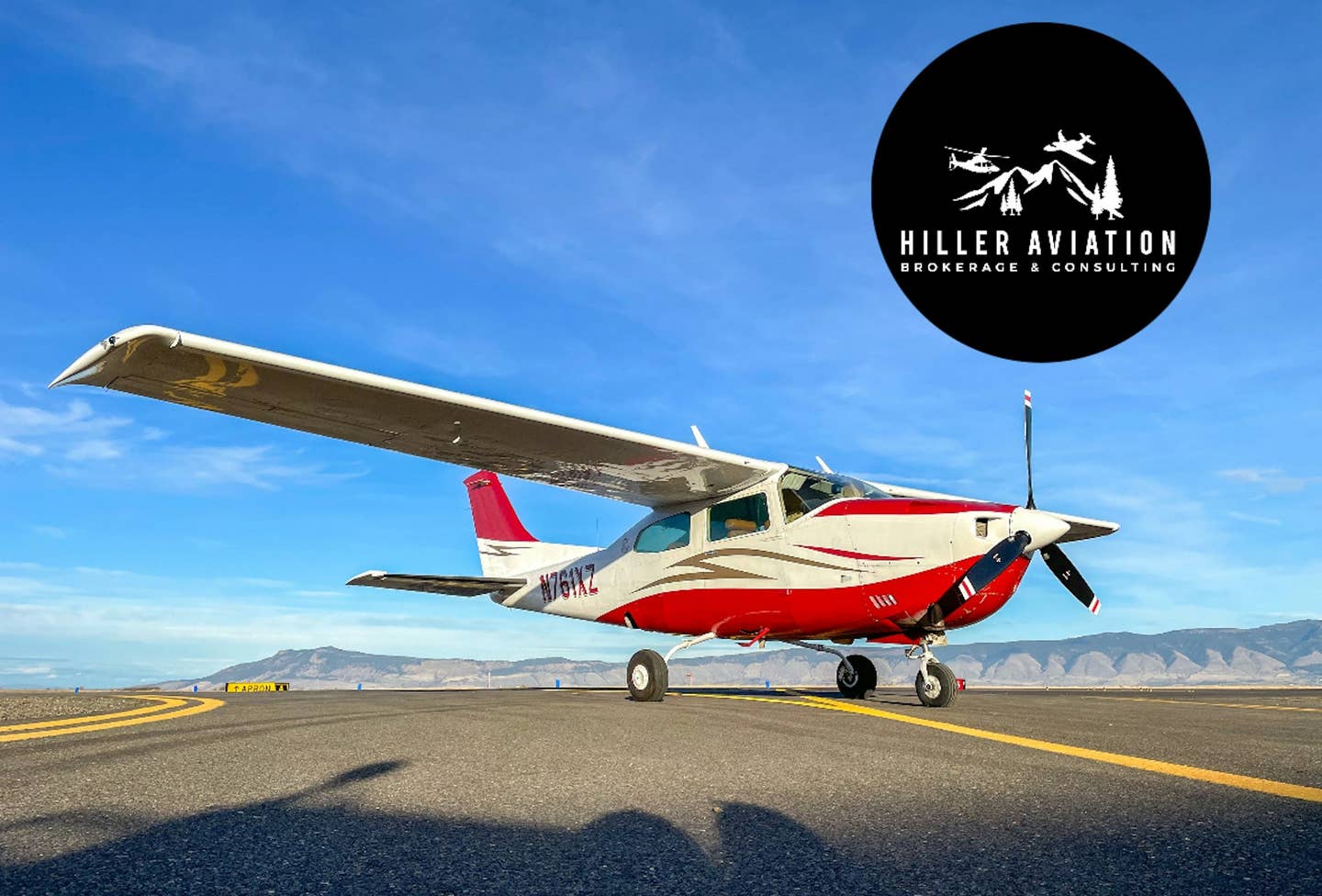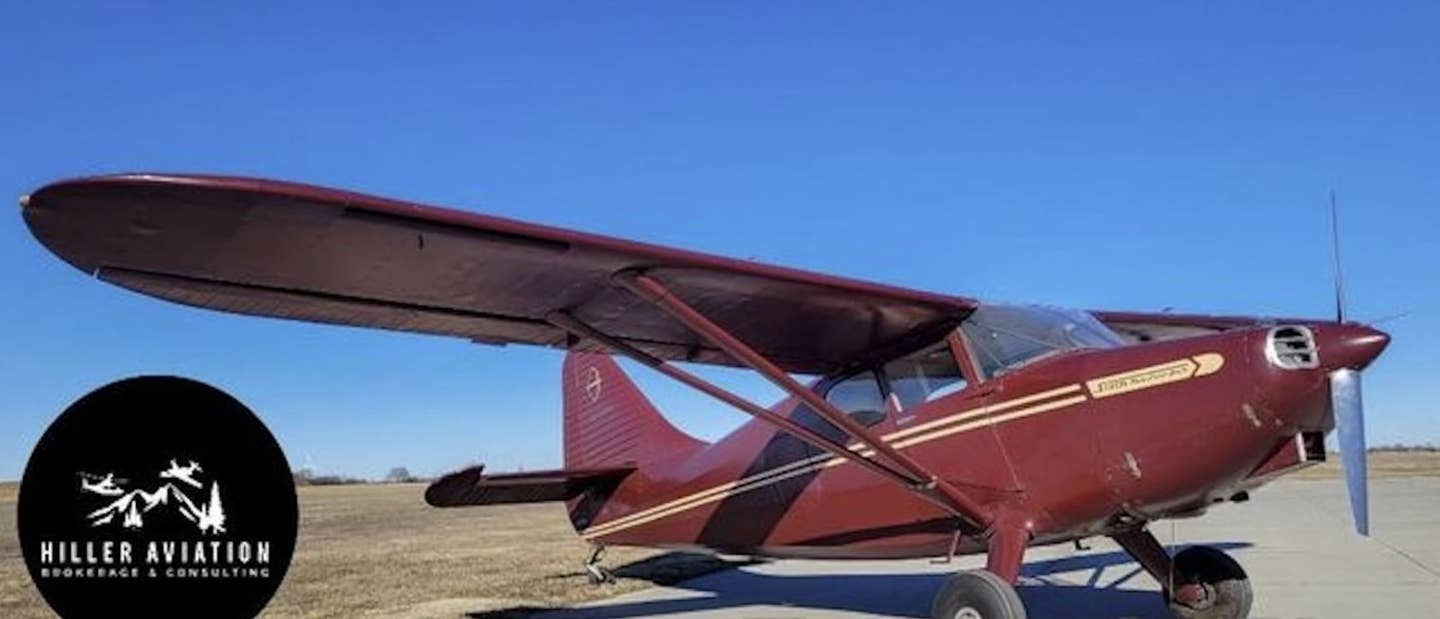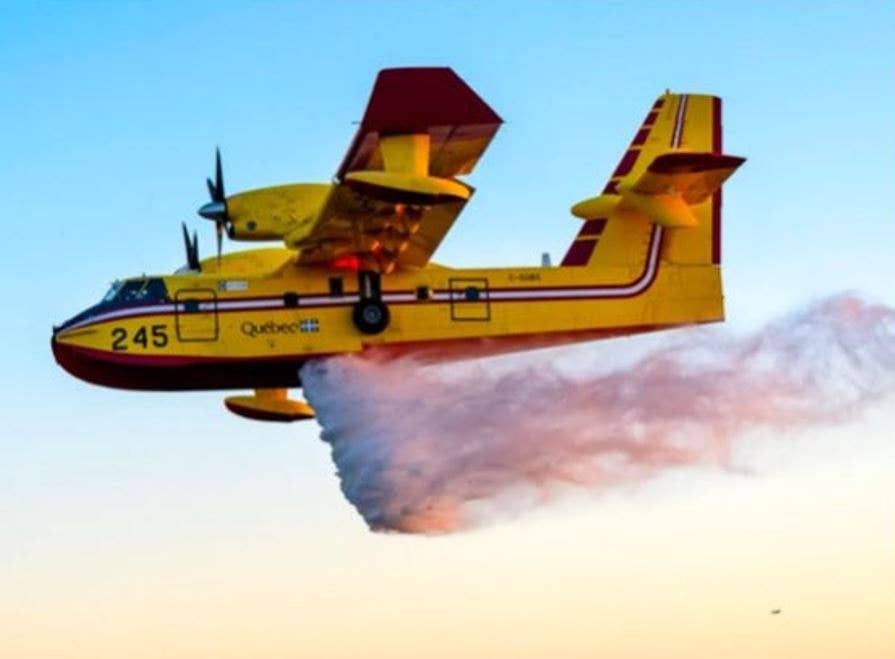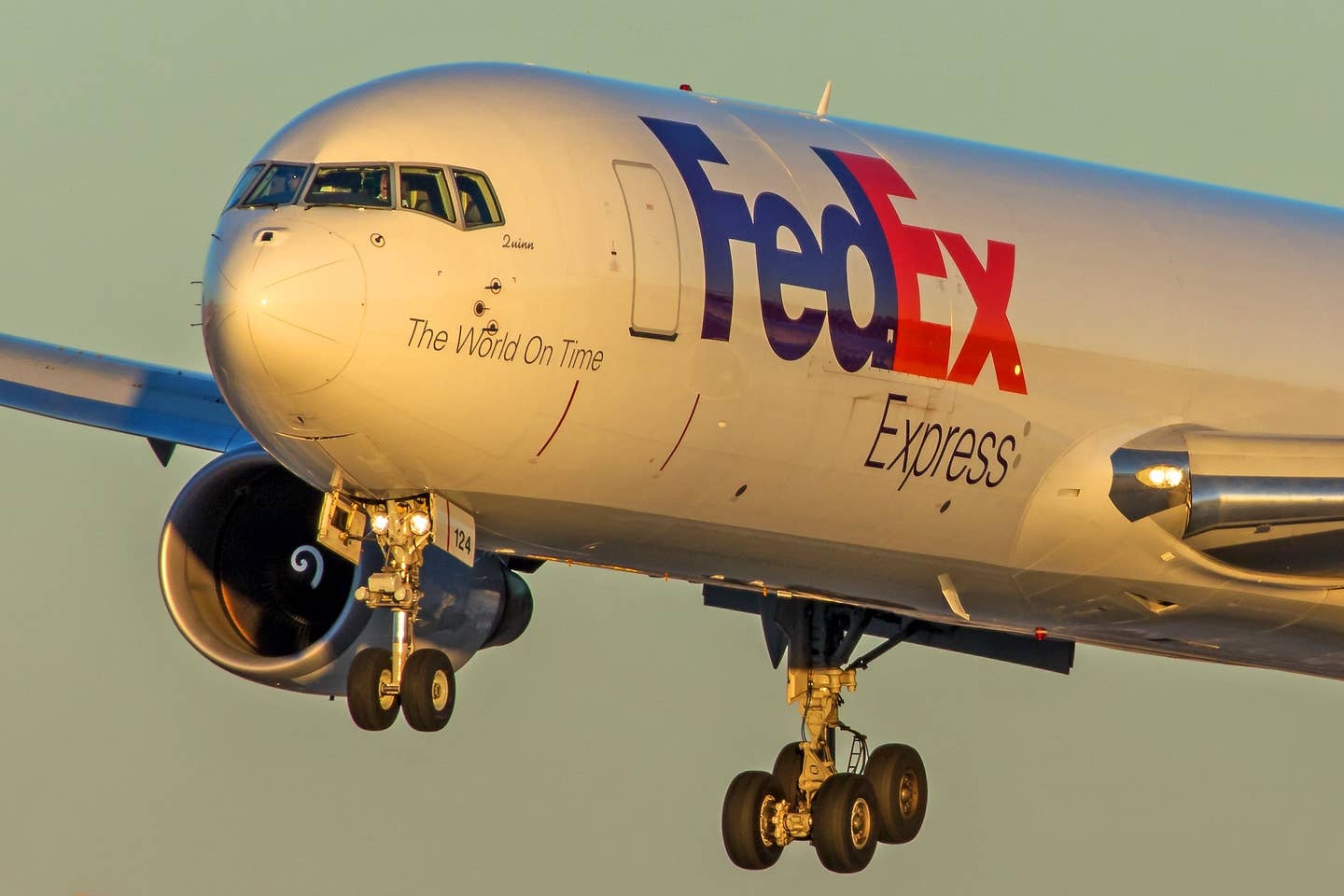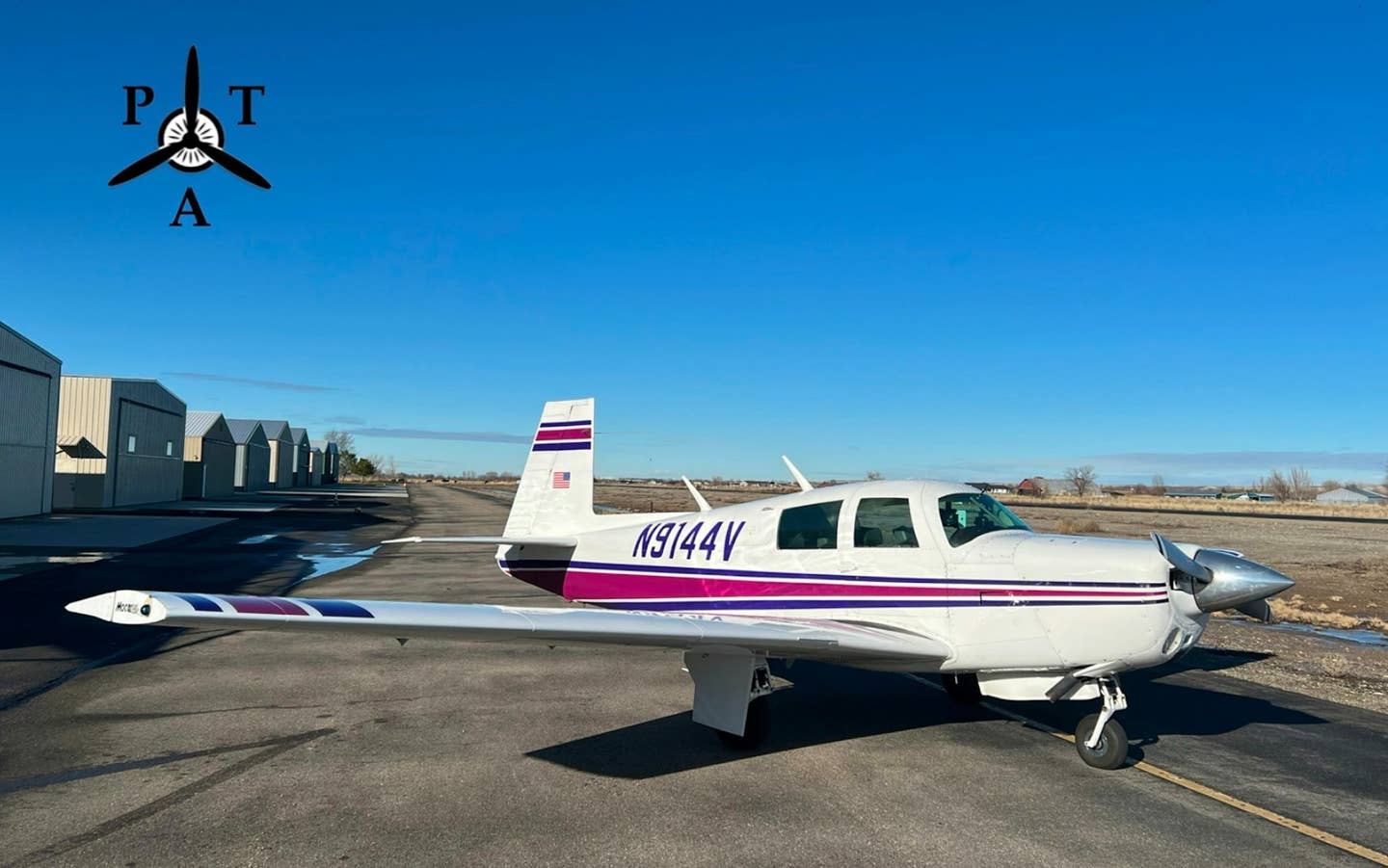
The idea that the flight-control computers in a modern fly-by-wire airplane are in charge all of the time still sparks debate among pilots more than 25 years after the technology became the de facto standard in Airbus airliners. The very notion that the computers can ignore the pilot’s inputs if they so choose but the pilot can never override the computers can be a hard concept to grasp. Still, as fly-by-wire control philosophies increasingly spill over into general aviation, we’ll have no choice but to learn about — and ultimately embrace — this new way of flying. Should we be worried?
Think back to when you were a fresh student pilot trying to understand the relationships between pitch, power, bank angle and a dozen other small but vitally important things related to making the airplane go where you wanted it to. If you started out in a typical light trainer, some of the difficulties you encountered early on were probably related to the fact that you were learning to control the airplane based on its pitch attitude and power setting. Once you graduated to instrument training under the hood, you quickly realized that precision control required a delicate sequence of adjustments of multiple controls and a complex scan of the instruments just to keep you from losing control. At some point you probably thought to yourself that there had to be a better way.
Wouldn’t flying be so much easier if we could devise a system of control that would allow us to fly a desired trajectory without all the instrument interpolation and endless control adjustments? In an ideal world, we could simply pull back on the yoke or stick to reach a desired climb attitude, let go of the stick once we reached that attitude, and gain altitude without losing a knot of airspeed or having to touch the pitch-trim wheel.
Switching from conventional mechanical flight controls to a fly-by-wire architecture allows aircraft designers to get creative with the design of the wing, trading natural stability for improved efficiency.|
This, of course, is what a fly-by-wire digital flight control system architecture linked to highly sensitive inertial sensors and autothrottle allows the pilot to accomplish. The computers command the flight control surfaces to move ever so slightly to keep the airplane on the chosen trajectory and target airspeed without ever straying outside the flight envelope. It’s the stuff of science fiction, but it exists today.
As the term implies, fly by wire (FBW) replaces conventional mechanical flight controls with an electronic interface. The pilot’s movements of the flight controls are converted to electrical signals, which are interpreted by the flight control computers. They, in turn, determine how to move the actuators at each control surface to make the airplane do what the pilot commands. FBW offers a variety of benefits, the most obvious being a marked reduction in mechanical complexity, as aircraft designers are no longer forced to route control cables through pulleys and cranks to the control surfaces way out on the wing or tail.
The trade-off, of course, is that they must instead devise another, incredibly complicated system that uses computer software to achieve the same results with no mechanical links. Given the difficulty, is it all worth it?
Although fly-by-wire systems garner all the attention, the magic behind the technology is really centered on the airplane's digital flight control system and integrated avionics, such as the PlaneView cockpit in the Gulfstream G650.|
Man vs. Machine
Before you make up your mind, let’s ask a different question. Which do you think would make the better pilot — an exceptionally talented human (say, Bob Hoover in his prime) or, on the other side of the argument, a fully digital fly-by-wire flight control system linked through dozens of hydraulic servo actuators and lightning-fast flight computers to every available flight control surface? It’s a tough call. After all, most of us would be hard-pressed to bet against Bob Hoover in a flying showdown against a computer.
Let's start by looking at the human pilot — in this case one of the best in the business. Sean Tucker can make his red-and-white Oracle Challenger III biplane do things that seem to defy physics. His is the only aerobatic airplane in the world with four individual ailerons on each wing. It's covered with fabric, in part, because Tucker says he can tactilely feel the air as it washes over the wings and fuselage as he's tumbling through the sky. Seated in the tight confines of the Challenger III's cockpit, Tucker's arms and legs become a veritable extension of the control surfaces as he dances a violent aerial pasodoble to the delight of airshow crowds.
Now consider the computer-controlled airplane. To be sure, it lacks a soul — that innate connection between man and machine that makes possible the artistic flourishes of a jaw-dropping aerobatic routine. But think about the computer’s advantages over the human pilot. Operating at the speed of light, the digital flight control system interface can assimilate countless pieces of information, assemble them in a way that makes sense, and act to achieve a desired result. The flight computers in a modern fly-by-wire jet like the Dassault Falcon 7X, Gulfstream G650 or Embraer Legacy 500 can move any control surface they choose independently, including moving both ailerons down simultaneously or deploying speedbrakes for a brief instant, if that’s what will get the job done most effectively. The pilot never has to worry about how the computers are moving the control surfaces, only that the airplane is maintaining the desired trajectory.
Embraer's Legacy 500 is the first midsize business jet to feature full fly-by-wire flight controls. optimized for smooth and easy control, the design integrates sidesticks and autothrottle with advanced avionics.|
The flight control system in an FBW airplane, of course, can also prevent it from ever stalling or straying into any area of the flight envelope it deems undesirable. The F-16 and other aerodynamically unstable fighters, meanwhile, would be unflyable without their FBW systems, which take thousands of measurements per second and manipulate the control surfaces in a flurry of movement to maintain controlled flight. If you’ve ever watched a fighter jet perform an airshow routine, you understand that the computers are working overtime. As the saying goes, you don’t fly an F-16 — it flies you.
Automation Pitfalls
One of the arguments favoring human input over computer control, of course, centers on the notion that a human pilot can sometimes squeeze precious extra performance out of the wing that the computers simply will refuse to acknowledge might be available. As supposed evidence, FBW critics point to video footage of an Airbus A320 crashing in a fireball into trees at an airshow in France in June 1988 rather than allowing its pilots to raise the nose even an inch farther during a low-speed pass. Another criticism of fly by wire centers on the video-game approach to flying that it can require, underscored with the crash of Air France Flight 447 into the Atlantic Ocean in 2009 after the Airbus A330’s pitot tubes iced over in a thunderstorm. When the flight computers transitioned from protected mode to “direct law” — making the fly-by-wire airliner behave much like a conventional airplane — the crew couldn’t cope with the emergency.
Dassault, Gulfstream and Embraer have gone to great lengths to ensure that the pilots stay in the loop while flying their FBW models. This allows certain types of emergencies to be more easily handled, while still requiring proper piloting technique. One case is an engine failure on takeoff. I’ve had the chance to experience V1 cuts in the simulator in both the Falcon 7X and Legacy 500. It’s a markedly different experience from losing an engine in a conventional business jet, as the flight computers automatically compensate for the loss of thrust on one side and provide the appropriate control surface inputs. Still, you know something is amiss and you still must respond appropriately by stepping on the rudder. The computers just help to make the job in such an emergency easier — much easier, in fact.
The fly-by-wire design in the Gulfstream G650 includes a number of remote "smart actuators" that can move any control surface independently, providing crisp, smooth handling in flight that humans couldn't hope to match.|
Dassault was the first business jet maker to commit to FBW technology, bringing the concept initially to its EASy-equipped Falcon 7X and now to the under-development Falcon 5X. Paradoxically, Dassault has dropped the fly-by-wire nomenclature from its marketing and training literature. Rather, the French firm, which is rightly proud of its rich pedigree building military fighters, prefers to refer to the automation tools simply as the Falcon digital flight control system. And it actually makes sense. After all, the fly-by-wire components of the technology aren’t nearly as important as what the designers can accomplish with computer control. And in the newest FBW jets, it’s quite a lot.
Today’s FBW systems share a common trait in that they operate as though the autopilot is always engaged in the background. This concept may sound familiar if you’ve been following the development of the latest safety systems for piston airplanes, such as Garmin’s ESP (electronic stability and protection), which works in the background to command the autopilot to gently “nudge” the controls to prevent the pilot from exceeding pitch, bank or airspeed limits. The Garmin-based system has nothing to do with FBW, but it borrows ideas that were first applied in FBW airplanes. You can expect more crossover in the future as automation tools are increasingly adopted in light GA airplanes that retain their conventional mechanical controls yet benefit from increasingly sophisticated flight control software.
Still, even top-of-line light piston airplanes equipped with glass cockpits lack the benefit of supplying flight guidance cues based on aircraft trajectory. That is a breakthrough that makes a Falcon 7X fly more like a HUD-equipped Mirage fighter than even many other current-generation business jets. “To talk about fly by wire, we really need to talk about path and the concept of flying trajectory,” says Woody Saland, manager of technical programs and pilot training for Dassault Falcon Jet. “When the EASy flight deck came into existence, it introduced a lot of new philosophies, but the driving one in terms of flying the airplane is that we should use the HUD concept of flying by path.”
Garmin’s G1000 avionics system, Saland notes, shows a green donut on the primary flight display that depicts the airplane’s flight path, but it doesn’t supply flight guidance based on path. Rather, the Garmin cockpit is a pitch-based system that gives pilots traditional V-bar flight director commands. “If you want to achieve a 3-degree path to the ground, why would you provide cues to the pilot showing him where to pitch the airplane, as opposed to showing path like on the HUD?” That’s where EASy and G1000 diverge philosophically, he says. Saland argues that for the general aviation piston fleet to start gaining the fuller benefit of FBW thinking, it’s a mind-set that needs to change.
Technology Dissected
Digging down into the nitty-gritty underpinnings of the Dassault digital flight control system, the Falcon 7X has three main flight control computers, each of which talks to one another and can “vote” on which is supplying correct data if the software crashes for any reason. In the unlikely event that all three of these computers fail, there are three backup computers — all built in separate factories and using a different software code, by the way. To fly a Falcon 7X in what’s called “degraded mode,” five of the six computers could fail and the pilots really wouldn’t be able to tell that anything was amiss. If all six computers fail, there is a final seventh backup computer that allows the pilots to continue flying pretty much like in a conventionally controlled airplane, with stall and overspeed warnings but no envelope protection. Gulfstream and Embraer have built in similar redundancies. The chance of a complete FBW system failure in a Gulfstream G650, for example, is designed to be 1 in 100 billion.
|
Unlike the fly-by-wire logic in an Airbus airliner, there are far fewer electronic nannies in the Falcon, Gulfstream or Legacy jets. Where the Airbus family of airliners will prevent the pilots from banking more than 67 degrees in normal-law mode, the pilot of a Falcon 7X, G650 or Legacy 500 can do barrel rolls all day long. Dassault’s fly-by-wire philosophy maintains a given bank input up to 35 degrees, but automatically returns you there if you bank beyond 35 degrees. By the way, Airbus, Dassault Falcon and Embraer have all gone with sidesticks in their full fly-by-wire applications, while Gulfstream and Boeing have retained yokes. After gaining a fair amount of experience with both, I don’t have a definite preference, although obviously the sidestick frees up a nice chunk of cockpit real estate.
Earlier we mentioned there are numerous benefits of FBW technology. For starters, FBW allows the designers to build an airplane that handles better while also being less inherently stable than a conventionally controlled airplane. An unstable airplane is both more maneuverable and more efficient than a stable one. Qualities that add natural stability also add drag. This means that an unstable airplane is better in all ways except that it is more difficult for a human to fly.
Diamond Aircraft's Skunk works in Austria has test-flown a DA42 with a fly-by-wire flight control system that is capable of providing a full range of envelope protection tools as well as autoland capability.|
FBW also allows for the design of an airplane with consistent handling qualities no matter the weight or center of gravity. A Gulfstream loaded to maximum weight with its CG shifted to the aft limits, for instance, essentially will feel no different to the pilots flying a lightly loaded G650 with a forward CG. Likewise, a Falcon 7X and Falcon 5X or a Legacy 450 and 500 will essentially feel the same to the pilots thanks to the built-in control feedback and the work the computers are doing to correct for the airplane’s relaxed stability and other aerodynamic differences.
The envelope protection offered with FBW also eliminates the need for a stick shaker or even a trim switch. No matter what control inputs the pilots make, the FBW airplane always remains perfectly trimmed. It usually takes a pilot new to FBW about 10 seconds of moving the stick or yoke to realize the improvement the technology makes over conventional controls. Add to the equation the aircraft manufacturer’s ability to save weight and reduce complexity and it’s no wonder FBW technology is catching on with business jet manufacturers. (That’s not to say they didn’t do their homework first. Gulfstream, for example, performed more than 7,000 hours of “iron bird” ground trials before ever conducting the first G650 test flight.)
Fly-by-Wire Benefits
Gulfstream’s decision to incorporate FBW in the G650 surprised some observers when the airplane was introduced in 2008. Gulfstream engineers actually created computer models of the G650 with both conventional and FBW controls. Fly by wire easily won out for a host of reasons, two of the most important being the sheer complexity of the proposed mechanical flight system and the fact that FBW control was superior at the luxury jet’s top-end cruise speed of Mach 0.925. “At those speeds, some funny things start happening with shock waves around the control surfaces,” says John Mayo, director of advanced technology programs for Gulfstream. “With fly by wire, we could make sure we always had a positive rolling moment with a positive sideslip” for improved handling and efficiency.
Embraer is the latest business jet maker to choose full fly-by-wire flight control systems for its latest models, in this case midsize models, making the Legacy 450 and 500 the smallest bizjets yet to offer the technology. The Brazilian manufacturer gained experience with FBW capabilities in the partial systems employed in its E-Jets family of regional airliners. Embraer says designing two all-new FBW midsize jets was more expensive than going with conventional controls, but the adoption of the technology has helped set it apart in the marketplace. “We had a lot of competence already with fly by wire, and so in 2007 when it came time to make the decision, we realized it would be a real breakthrough in the midsize segment,” says Marco Tulio Pellegrini, Embraer Executive Jets senior vice president and COO.
Believe it or not, the first electronic signaling system for the control surfaces of an airplane was devised in the 1930s, in the Tupolev ANT-20, an eight-engine Soviet airplane with the wingspan of a Boeing 747. The setup replaced long runs of mechanical and hydraulic connections with electrical ones. The first pure electronic fly-by-wire aircraft with no mechanical or hydraulic backup was the Apollo Lunar Landing Research Vehicle, first flown in 1964. Later, Concorde employed an analog fly-by-wire flight control system, as well as thrust-by-wire technology.
Dassault designed the first fly-by-wire system for a business jet, building on its fighter jet heritage to bring digital flight control concepts to the Falcon 7X. Key to the transition was providing flight guidance based on path rather than pitch attitude.|
Today, several unmanned aerial vehicles are being produced with fly-by-wire controls, leading to questions about whether a GA piston airplane might one day be able to adopt the technology. Diamond Aircraft has been exploring FBW for its DA42 twin. A test project begun in 2012 used a conventional stick linked through flight computers to electric servos to operate the control surfaces. The technology would be used for improved envelope protection as well as full autoland capability. Diamond founder Christian Dries has described the concept as an “electronic parachute” that would allow a pilot to press an emergency help button instructing the automation to take over. The computers could keep the airplane safely within the flight envelope, all the way to touchdown if need be.
Because light general aviation airplanes are small and simple, it’s hard to imagine a fully digital FBW system making economic sense. But if lightplane makers can piggyback off gains made in the UAV world and the size and price of servo actuators drops far enough, our assumptions about future applications for the technology could be turned on their heads. Even without breaking the mechanical link between the flight controls and control surfaces, expect fly-by-wire concepts to make further inroads in general aviation. And if aircraft manufacturers can pair the technology with autothrottle, the way pilots of light GA airplanes fly in the future will be remarkably changed.
We welcome your comments on flyingmag.com. In order to maintain a respectful environment, we ask that all comments be on-topic, respectful and spam-free. All comments made here are public and may be republished by Flying.

Sign-up for newsletters & special offers!
Get the latest FLYING stories & special offers delivered directly to your inbox

